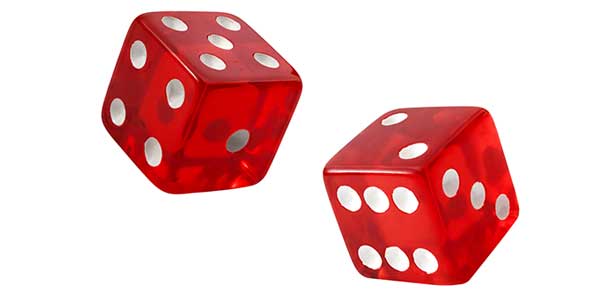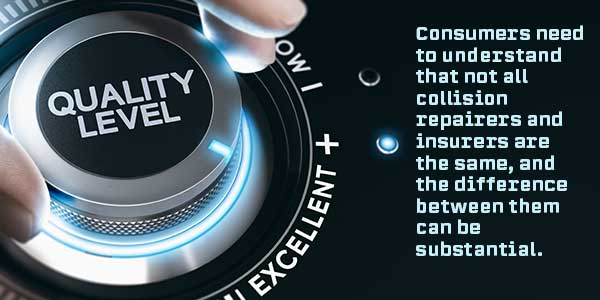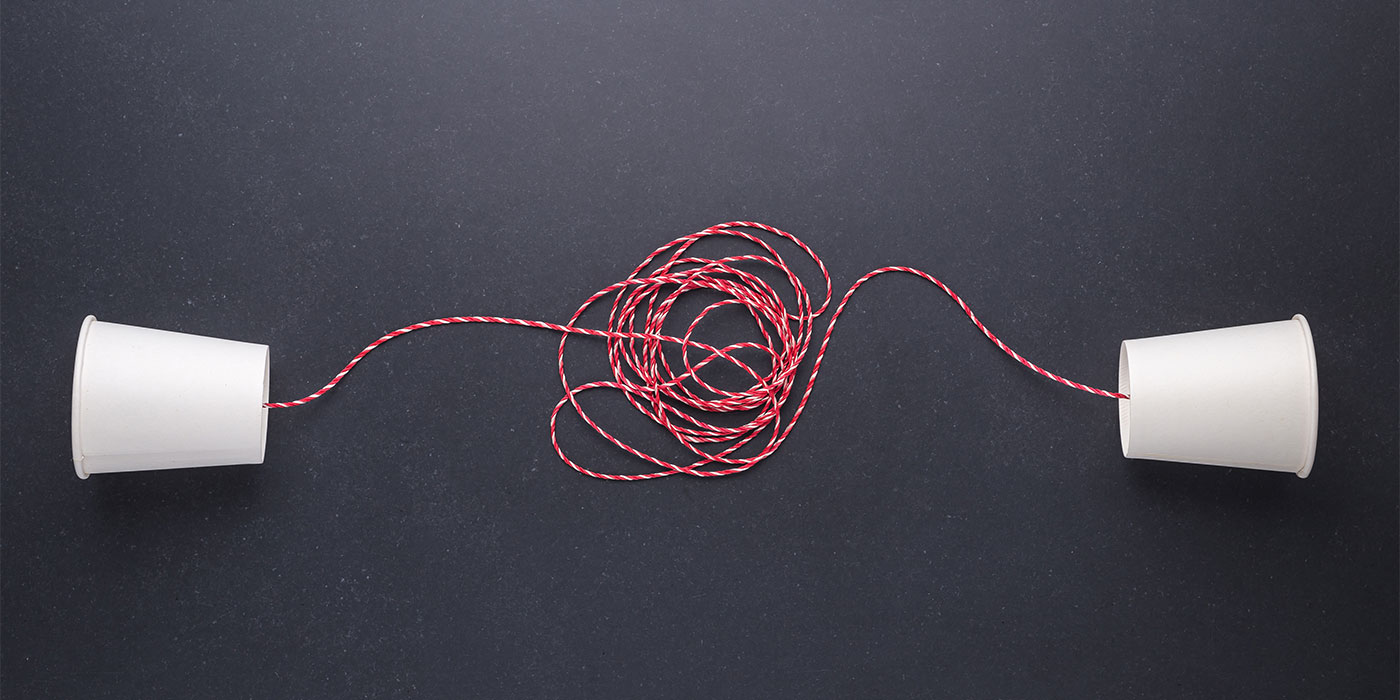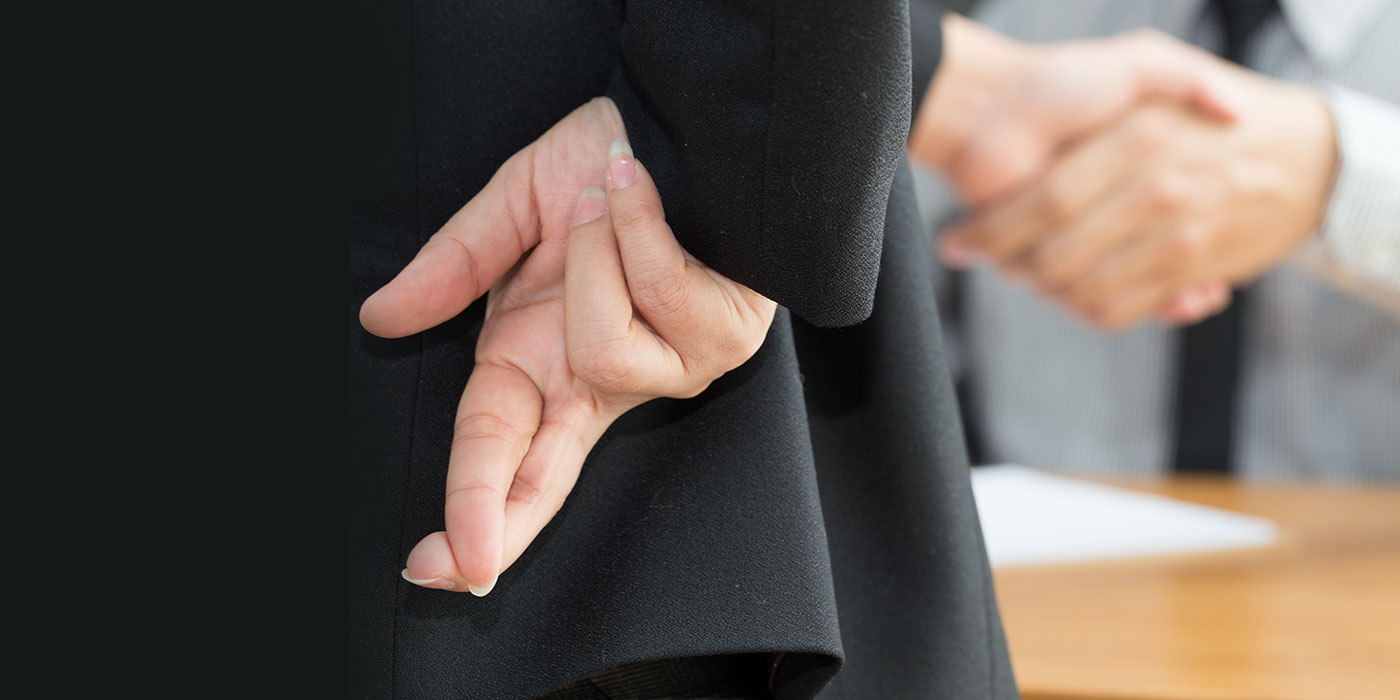Generally, the only pre-planning consumers do to prepare for a potential automotive damage claim is to purchase insurance. Insurance is an interesting purchase as we buy it hoping we’ll never need it. We buy insurance as a safeguard should something unexpected occur and to be prepared … but are we truly ever prepared?
A Little Gambling
Purchasing insurance is like gambling against yourself that you’re going to need it one day. Insurers sell insurance gambling that you won’t need it … but when you do need it, they’re trained and prepared to settle your claim. Consumers, on the other hand, generally don’t know what to do or how to go about handling a claim. As such, they often rely on others to guide them in their time of need.
Insurers will gladly assist the unwary consumer in his or her time of need and lend advice such as where to go for repair, including what parts, labor and materials will be needed. They’ll even go so far as to try and dictate how the repair is to be performed. The only concern here, however, is that insurance companies don’t perform repairs and don’t shoulder the liability for incorrect and/or insufficient repairs — the repairer does. After all, insurers are nothing more than financial institutions which are supposed to be there in one’s time of need to shoulder and lessen the financial burden.
It doesn’t take an economist to figure out that the less an insurer spends on a repair, the more money it retains and the greater profits it earns. A little research will show that auto casualty insurers are very profitable. So profitable, in fact, that they spend billions of dollars a year in advertising to convince consumers they’re like good neighbors and that it’s so easy, a Neanderthal could do it.
So Many Decisions
So what does a consumer do when faced with the many decisions he or she needs to make when auto body services are required? A wise man once said, “Never take advice on how to collect money from those who owe it to you.”
The first step is to seek out a quality-oriented collision repair facility that can solve the repair problems. The best way to do that is to ask friends, family and colleagues. The last place I would seek advice would be from my insurer or insurance agent, as they have a vested interest in keeping the cost of repair down — and, quite frankly, I wouldn’t care how much the cost of repairs were so long as my family’s safety and economic well-being were protected.
As I wrote in my last article, I would check the online reviews of local repairers to narrow my search based on others’ experiences. Once I had two or three shop candidates, I would visit each of them, see their facilities and interview them to see if they provide me the comfort and confidence I need to entrust them with my vehicle and my family’s safety. If my vehicle was still safely drivable, I might ask the candidates for an assessment of my damages and a repair estimate. I would then review their recommendations to ensure the following were listed where and when applicable:
- “Pre-washed” the vehicle (this is required for a “lifetime warranty” by the paint manufacturer)
- “Pre-cleaned” the panels to be refinished (and blended), including removing waxes, road tar and paint coatings, i.e. Teflon, ceramic coatings, etc. (also required for lifetime warranty)
- Provided complete copies of original equipment manufacturer (OEM) repair procedures
- Pre-repair scan of on-board systems (to determine if DTCs exist)
- Inspection of seatbelts and supplemental restraint system (SRS) airbags
- Anchor, setup and 3-D measurement of the vehicle’s structure (if the possibility of unibody, structural and/or frame damage exists)
- If frame or structural damages are thought to be present, a recommended four-wheel suspension alignment
- Tinting of paint and spray-out test cards for accurate color matching
- Masking of exterior, inner jambs and interior (engine compartment if applicable)
- Restoration of corrosion protection (i.e. cavity wax, weld-thru primers, rustproofing, etc.)
- “Road test” (for proper operation, performance, handling, abnormal noises like squeaks, rattles, etc.)
- Recalibration of advanced driver-assistance systems (ADAS) — cameras, lane departure, blind spot monitoring, collision avoidance, rain sensing wipers, adaptive cruise control, etc.
- Leak test for leaks — wind, water, exhaust, etc.
- Wet sand and polish-applied paint finish (to match original texture, appearance and luster)
- Post-repair scanning of onboard systems (to ensure there are no remaining after-repair diagnostic trouble codes (DTCs))
- Clean vehicle to return to pre-loss condition
- The repairer backs their workmanship and the applied paint finish with a “limited lifetime warranty” (for as long as you own your vehicle), although some restrictions may apply.
There may be other necessary and recommended procedures a quality repairer would list, and those of course would depend on the nature and severity of the sustained damages.
Not All the Same
Consumers need to understand that not all collision repairers and insurers are the same, and the difference between them can be substantial. Making matters worse are the individuals consumers may have to do business with. In every profession, there are the good and the bad and everything in between. While consumers may not have a choice who to deal with when dealing with an insurer, they do have the choice of repairer and should choose wisely. A quality, customer-oriented repairer can help the consumer navigate both the repair and claim processes. If Jane Doe comes across a repairer who says, “Don’t worry about a thing, we’ll take care of everything”, she should be very cautious.
Consumers need a repairer who will involve them in their repairs and who, from start to finish, will look out for them by keeping them informed when things go awry.
Three Categories
There are many repairers of all sizes, levels of knowledge and quality. However, for ease of understanding, let’s divide them into three basic categories:
- The direct repair program (DRP) repairer: These repairers can be independent shops, dealerships and/or multi-shop owners (chain stores) that have entered into agreements with insurers in exchange for recommendations when a claim is made. These DRP repairers have agreed to certain discounts, concessions and agreements such as using non-original/aftermarket and/or reconditioned parts, bypassing or abbreviating repair procedures and other cost-cutting measures as directed by the insurer to lower the insurer’s claim payouts. In exchange, the DRP service provider receives direct referrals from the insurer and often considers the loss of income (from concessions and discounts) as marketing costs. The only problem with these arrangements is while the insurer and the shop are receiving substantial financial benefits from this relationship, neither party is looking out for the best interests of the consumer regarding his or her family’s personal safety and economic well-being. Once these DRP participants get hooked on direct referrals, they don’t have the local presence or reputation to fall back on and as such are under constant threat of being removed from the DRP program they’ve come to depend on should they ever “step out of line.”
- The average repair shop: These repairers have no formal contractual relationships with insurers but wish they did and hope to one day. These shops do what they can to appease insurers and avoid confrontation in their efforts to be considered for participation in DRP programs. These shops do some limited marketing to bring in work while the insurers are steering consumers to their DRP partners. They may make some effort to get paid fairly for their efforts to eke out profit to remain viable while awaiting their turn at the trough. Most of these repairers are good people who want to do the right thing but fear doing so will alienate the insurers and cause them to steer away more work from them, eliminating their chances of ever becoming DRP partners.
- The quality-conscious shop: These shops are often referred to as the “do-gooders”. They’re owned by local families who are committed to doing the right things in the right way for the right reasons. These are the shops that have tried to get along with insurers while trying to represent the best interests of their customers and community members by providing high-quality repairs that truly restore the once-damaged vehicle to its pre-loss condition in safety, appearance, reliability and value. They recommend all OEM procedures and new original replacement parts. These repairers genuinely, in heart and soul, believe in “Do unto others as you would have done unto you” — which includes the repair of one’s vehicle.
These shop owners are scorned by insurers due to their refusal to take unfair advantage of their customers and not inform them when an insurer fails to provide what is required. These repairers will make their recommendations for a proper and thorough repair, and should the insurer refuse or deny payment for such parts, materials and processes, they will then inform their customers and allow their customers to direct them in how they would like their repairs performed.
Given full knowledge and necessary information by the repairer, the consumer can then place the insurer on notice, which generally encourages the insurer to provide proper consideration. Should the insurer refuse, which happens on occasion, the customer may choose to pay the difference to attain a proper repair and, once the repair is completed, seek repayment from the insurer — which is often successful. Or, if applicable, the consumer will seek it directly from the negligent party who caused the damages. If needed, one may consider legal remedies from the responsible party.
The benefit to the consumer is there is a choice of repairer for everyone. If a consumer doesn’t care how the vehicle is repaired and wants a hassle-free experience, that person may choose a shop that won’t bother him or her with the details or perhaps request a referral from the insurer.
If the customer wishes to be involved in the repair of one of his or her most-valued assets and has concerns regarding safety, appearance, performance, reliability and resale value, that person will hopefully have a truly independent, quality-conscious shop in the area that can assist in fulfilling those needs.
The important thing for all consumers to remember is: It is your vehicle and your choice who performs your repair. Hopefully, in the end, you make a choice you and your family can live with.
Note: Quality repairers will have no objections to sharing this information with their community members.
















